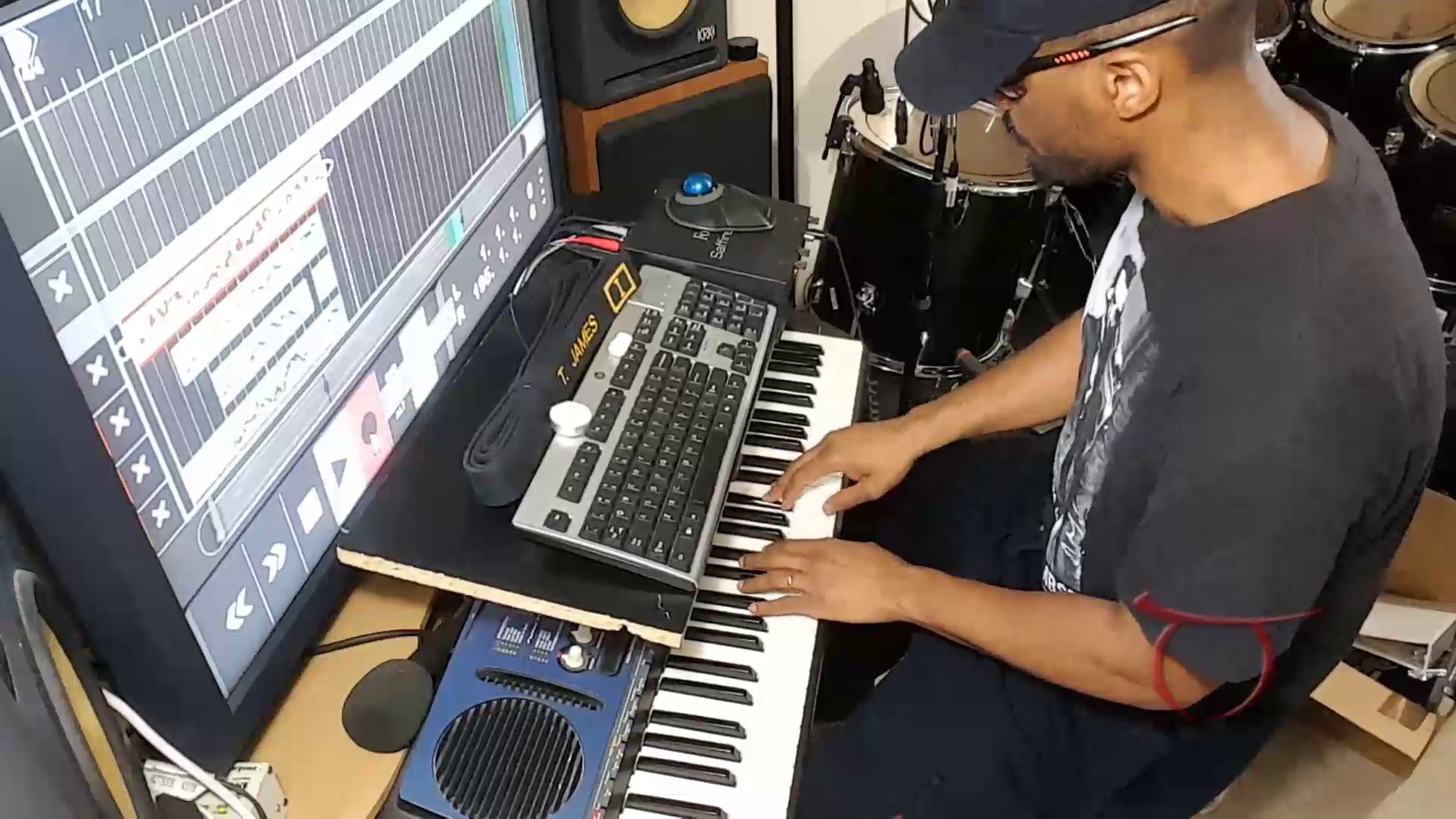Summary of Affective Musical Key Characteristics
Below table summarizes the affective musical key characteristics.
MUSICAL KEY EMOTIVE EXPRESSION
C MAJOR Innocently Happy
C MINOR Innocently Sad, Love-Sick
C# MINOR Despair, Wailing, Weeping
DB MAJOR Grief, Depressive
D MAJOR Triumphant, Victorious War-Cries
D MINOR Serious, Pious, Ruminating
D# MINOR Deep Distress, Existential Angst
EB MAJOR Cruel, Hard, Yet Full of Devotion
E MAJOR Quarrelsome, Boisterous, Incomplete Pleasure
E MINOR Effeminate, Amorous, Restless
F MAJOR Furious, Quick-Tempered, Passing Regret
F MINOR Obscure, Plaintive, Funereal
F# MAJOR Conquering Difficulties, Sighs of Relief
F# MINOR Gloomy, Passionate Resentment
G MAJOR Serious, Magnificent, Fantasy
G MINOR Discontent, Uneasiness
AB MAJOR Death, Eternity, Judgement
AB MINOR Grumbling, Moaning, Wailing
A MAJOR Joyful, Pastoral, Declaration of Love
A MINOR Tender, Plaintive, Pious
BB MAJOR Joyful, Quaint, Cheerful
BB MINOR Terrible, the Night, Mocking
B MAJOR Harsh, Strong, Wild, Rage
B MINOR Solitary, Melancholic, Patience



